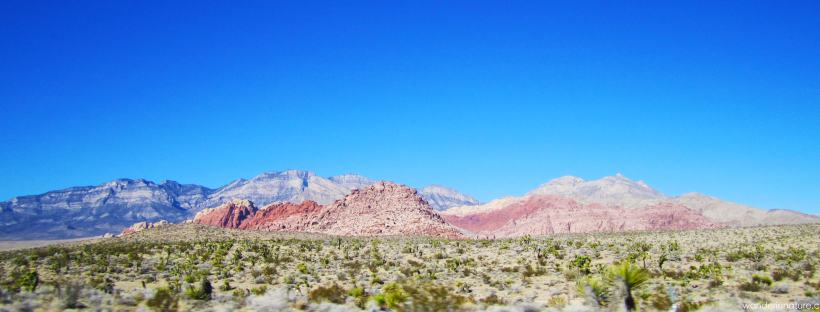
Red Rock Canyon, Nevada
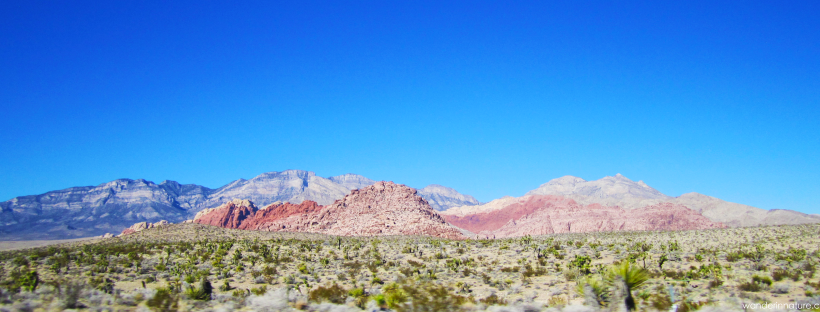
About Red Rock Canyon
Red Rock Canyon is a National Conservation Area which offers amazing views of desert beauty, towering red cliffs and abundant wildlife that we were pleased to discovered so close to a major metropolitan city. It is a part of the Mojave Desert, which stretches out to the corners of California, Utah, Arizona and Nevada, and it is a great place to hike, picnic and view plant and animal life under 3,000-foot-high red rock formations.
This beautiful conservation area is also home to about 200 different mammals which include burros, rabbits, coyotes, bighorn sheep, red tailed hawks, golden eagles, hummingbirds and even a few wild horses, bobcats and mountain lions. There is a 13-mile scenic loop scenic drive that exposes you to the geological history and splendor of the canyon. The sandstone rocks in the conservation area get their color from iron oxide build up that over centuries produced the vibrant, red color the canyon illustrates today.The mountains in were formed by a number of geological forces such as fractured faults and fossilized sand dunes. Some cliffs reach up an astounding 3,000 feet.
For some reason, we seem to be attracted to hike red rocks everywhere, so on a very cold but sunny winter day, we were very happy to explore this amazing place which has no street address. Just use GPS and type in Red Rock Canyon National Conservation Area
GPS coordinates: 36.135574 N / 115.42724 W
36°08’08″N / 115°25’38″W
A Day At Red Rock
While making the long drive across from Lake Tahoe to Las Vegas, we couldn’t help but notice the rock faces that surround the outskirts of Vegas. The terracotta coloured rocks of the Red Rock Conservation Area appear almost like a towering wall across the flat terrain of western Vegas and make a bold statement against the desert sky of solid blue.
On the recommendation of a friend, we decided to make a separate trip out to Red Rock where we saw all kinds of activity that day. When we arrived that morning, the first thing we noticed were groups of rock climbers already out seizing the day. 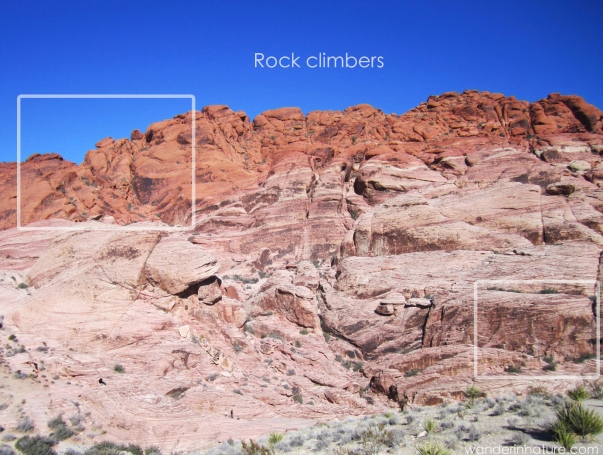
The impressive scale of the rocks made it especially fun as we tried to spot the rock climbers that seemed to disappear into the shadows and crevices of the Aztec Sandstone. From a distance, we were able to spot two groups of climbers – one set in the upper part and another further down below.
With a closer quick, it was easier to see the concentrated activity of a few climbers waiting or making their way up the rock wall.
Over on a nearby rock formation, we even noticed a few hikers that had scrambled their way up to the top of another large rock.
Their silhouettes made an impressive appearance almost as if they were within arm’s reach of the moon.
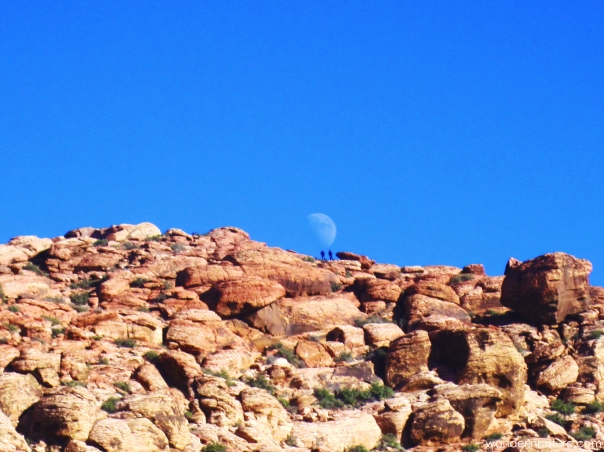 Wild burros are also known to live in Red Rock. Considering the select food sources within their desert landscape, the burros are a perfect example of an animal that has adapted to fit its natural setting. Given the wide openness of the park, however, we were not sure how easy it would be to see any as they are masters of camouflage.
Wild burros are also known to live in Red Rock. Considering the select food sources within their desert landscape, the burros are a perfect example of an animal that has adapted to fit its natural setting. Given the wide openness of the park, however, we were not sure how easy it would be to see any as they are masters of camouflage.
In their favour, I’d say it also helps that they’re not much taller than 3-4 feet off the ground! We were so surprised when we managed to spot about three or four them around some small shrubs.
With a little bit of patience, you never know what you’ll find!

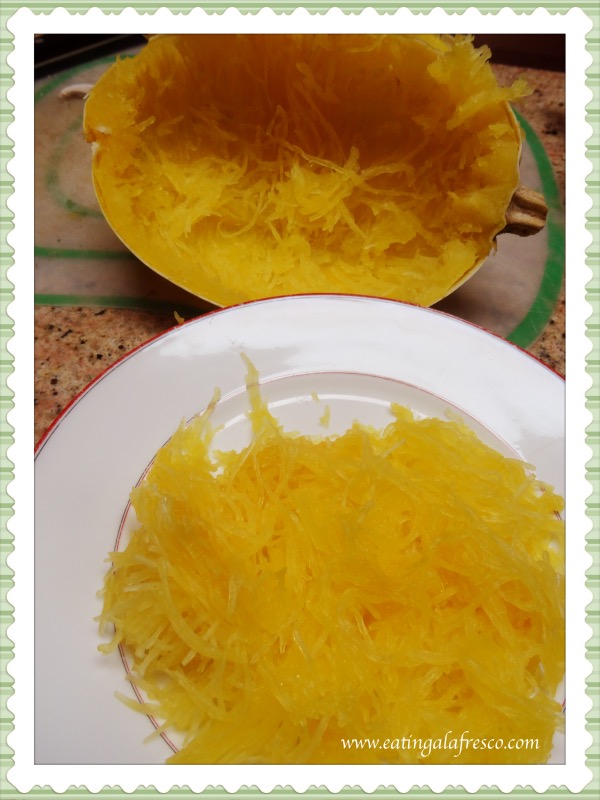

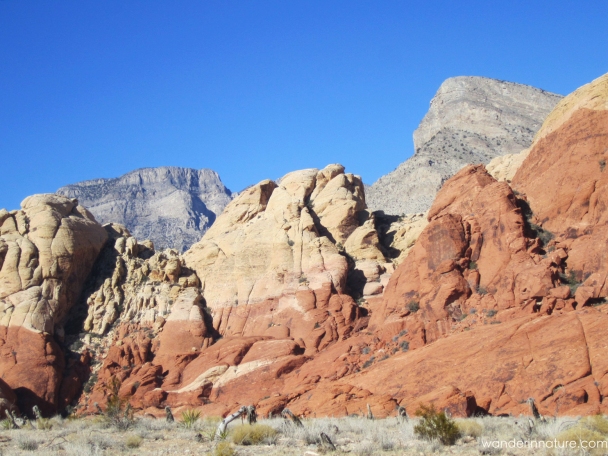
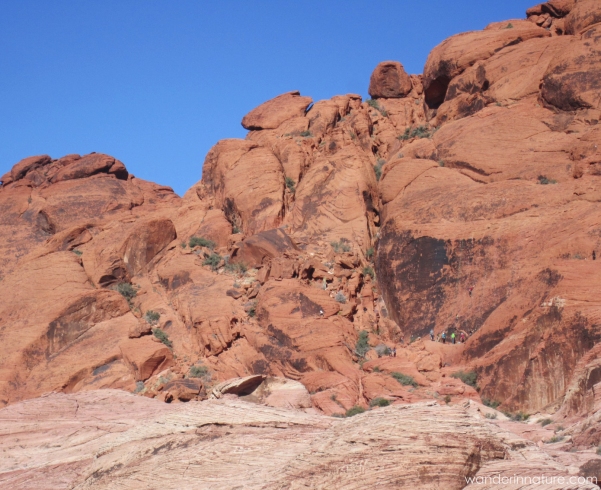
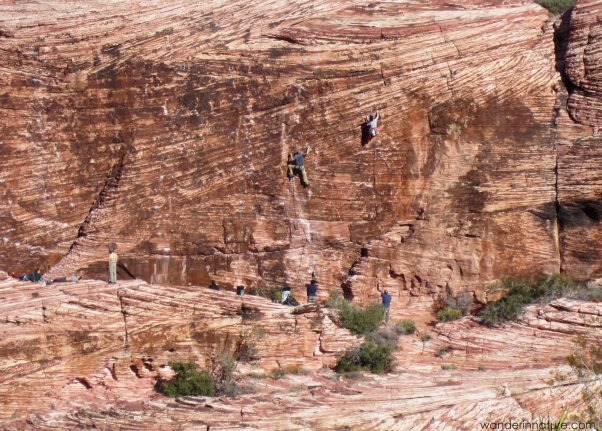
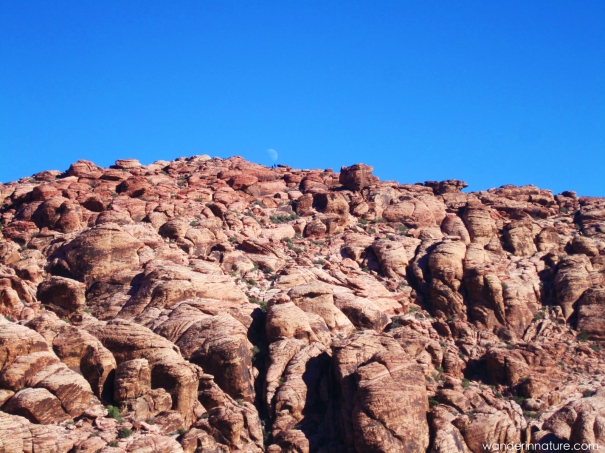
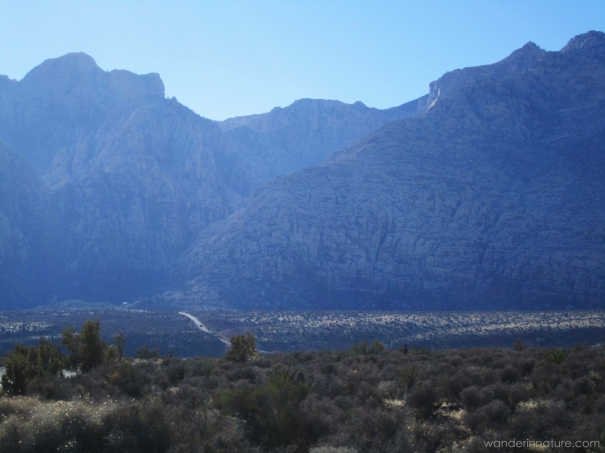
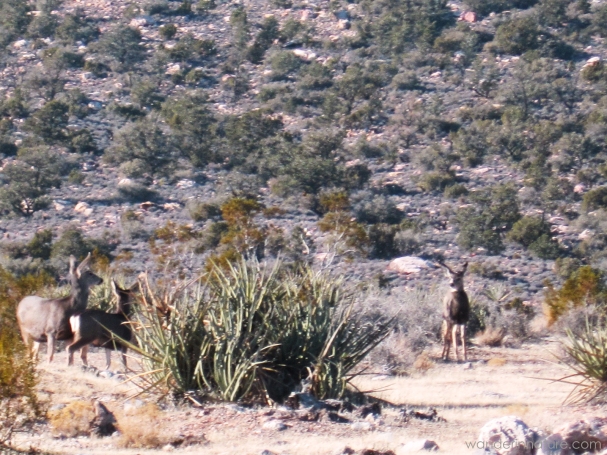


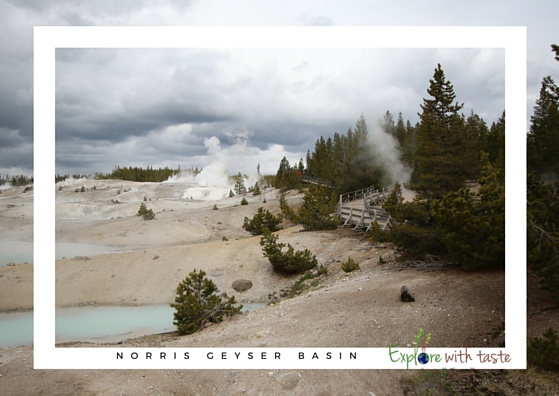
 '
'